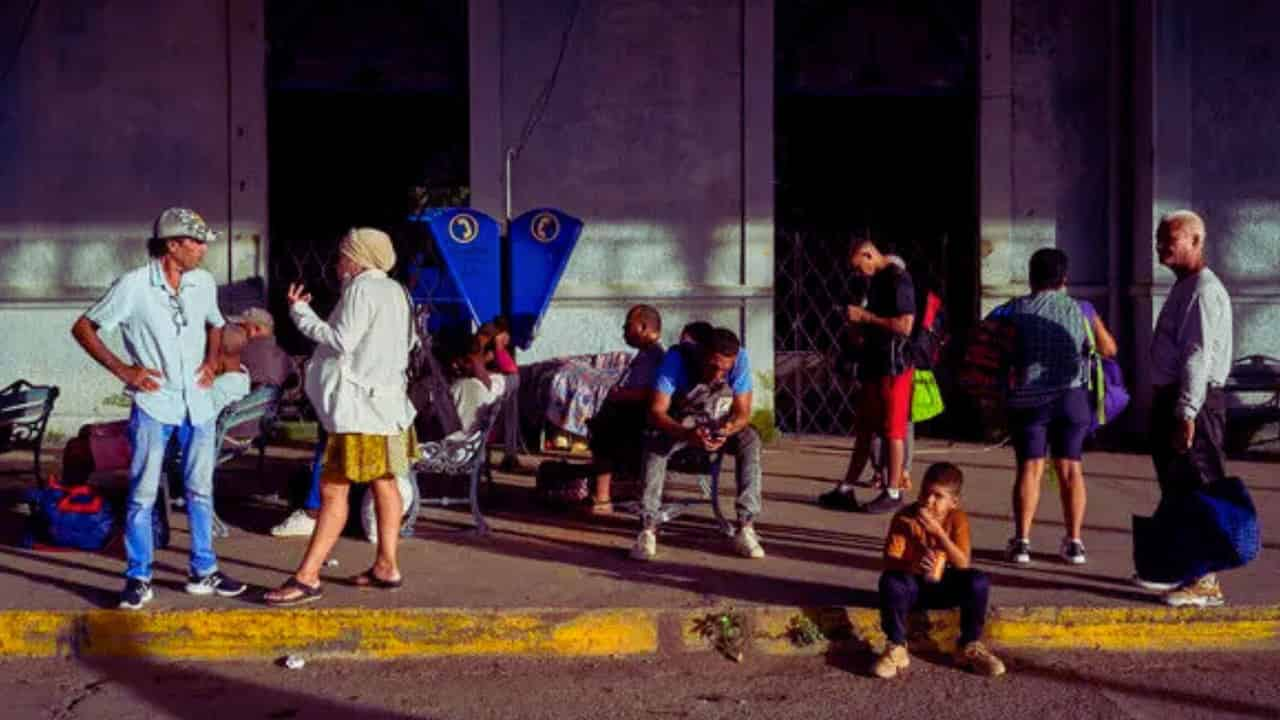Lights Out: Cuba Plunged into Darkness as Power Grid Fails
In a shocking turn of events, Cuba experienced a nationwide power outage on Friday, leaving its 11 million residents in the dark. This unprecedented blackout comes on the heels of the government’s announcement of emergency measures to reduce electricity consumption.
As a reporter on the ground, I’ve witnessed firsthand the impact of this massive power failure on daily life across the island. The streets of Havana, usually bustling with activity, have fallen eerily quiet as Cubans grapple with the sudden loss of electricity.
A Perfect Storm of Energy Woes
The blackout started Friday morning when the Antonio Guiteras thermoelectric plant in Matanzas, east of Havana, unexpectedly failed. This breakdown triggered a domino effect, causing the entire power grid to collapse.
But the roots of this crisis run much deeper. For weeks, Cuba has been struggling with severe fuel shortages, leading to power outages lasting 15 to 20 hours in many parts of the country. The government has been scrambling to address the issue, with Prime Minister Manuel Marrero Cruz holding an emergency televised address just hours before the total blackout occurred.
Emergency Measures Fall Short
In an attempt to ease the strain on the electrical network, officials announced drastic steps:
- Schools closed until Monday.
- Nightclubs and non-essential activities shut down.
- Only critical employees are allowed to work.
These measures aimed to cut back on energy usage. But despite these efforts, the power grid couldn’t withstand the mounting pressure.
A Nation in the Dark
The impact of the blackout has been far-reaching.
- Hospitals are running on backup generators.
- Food spoilage is a major concern as refrigerators sit idle.
- Public transportation has come to a complete halt.
- Communication networks are severely disrupted.
Miriam Leiva, a journalist in Havana, described the situation as unprecedented. “This has never happened before,” she said. “What’s worse is that they have no idea when they’re going to fix it or how.”
The Root Causes
Cuba’s energy crisis is caused by a confluence of factors:
- Aging infrastructure: The country’s power plants are outdated and in need of maintenance.
- Fuel shortages: Cuba has struggled to secure enough fuel to keep its power plants running.
- Economic woes: A severe cash crunch has made it difficult for Cuba to pay for fuel imports.
- U.S. trade embargo: President Miguel Díaz-Canel has pointed to U.S. sanctions as a major cause of the country’s economic hardships.
A Population on Edge
Many Cubans have reached their limits due to the ongoing power crisis. Since 2022, over 600,000 people have fled the island, seeking better opportunities elsewhere.
For those who remain, the situation is dire. Alfredo López Valdés, head of the national electric company, acknowledged the severity of the problem but offered little in the way of immediate solutions. “We are fighting; we are not sitting on our hands,” he said. “We recognize that the situation is very hard.”
Looking Ahead
As night falls across Cuba, millions remain without power. The government has not yet provided a clear timeline for the restoration of electricity.
This crisis serves as a stark reminder of the fragility of Cuba’s infrastructure and the urgent need for modernization and investment in the energy sector. The island nation is facing its darkest hour, both literally and figuratively, testing the resilience of its people.
For the time being, Cubans wonder: When will the lights come back on?
Table of Contents
